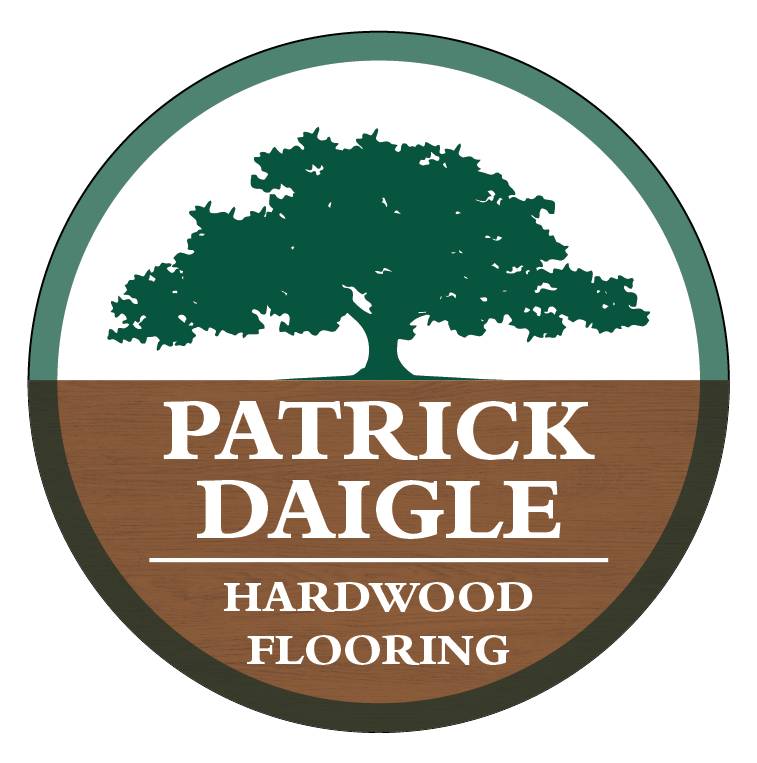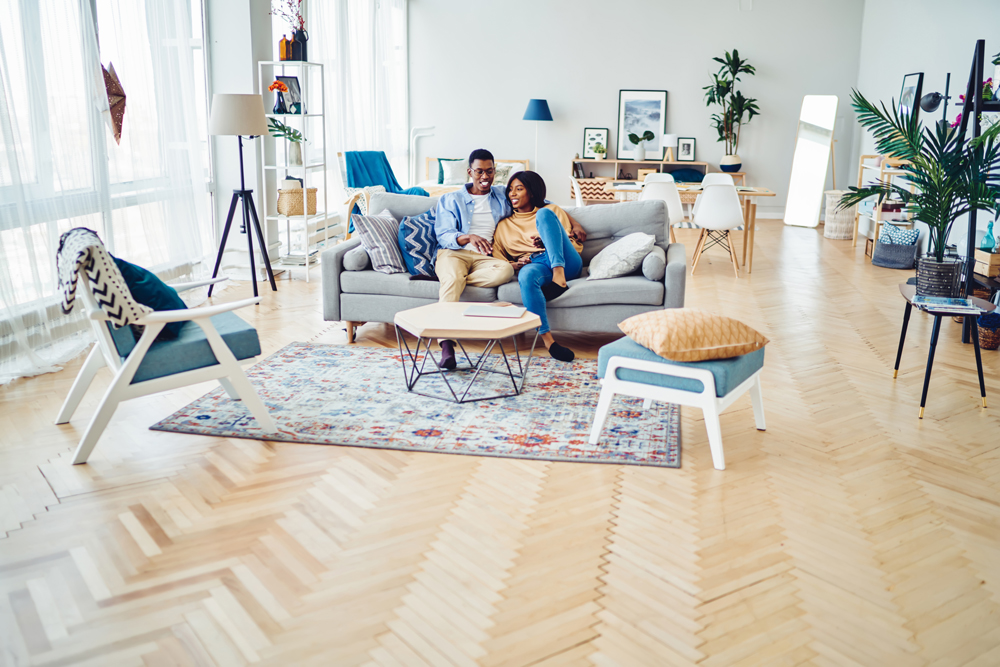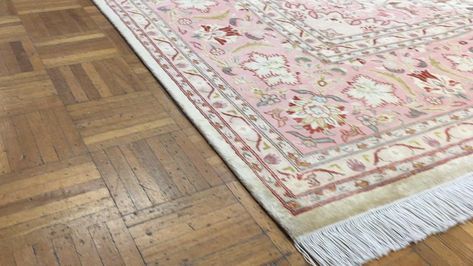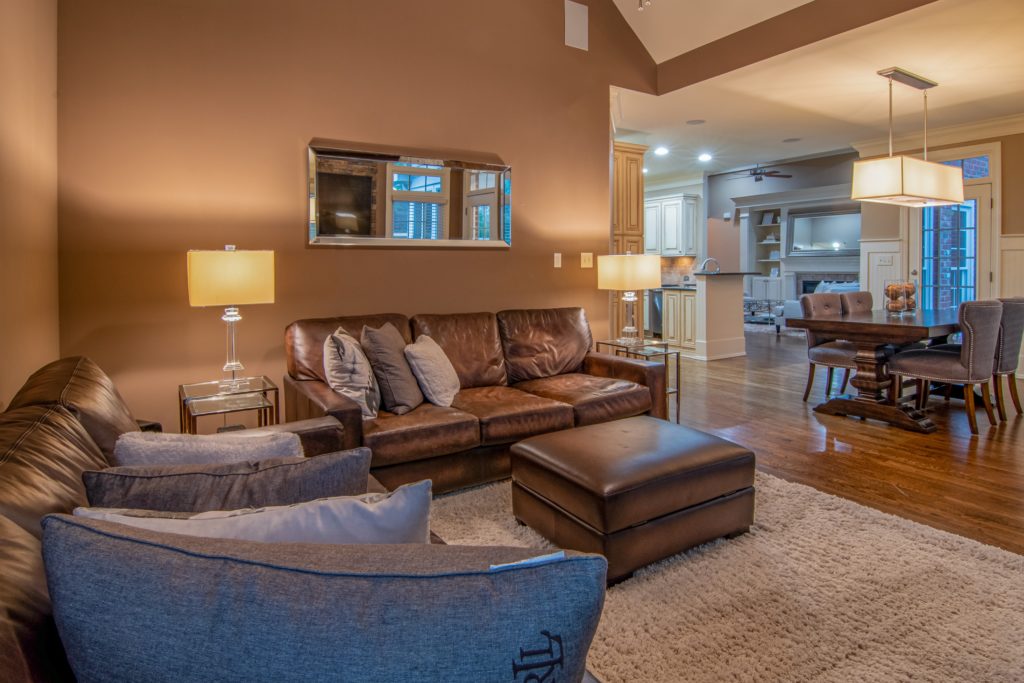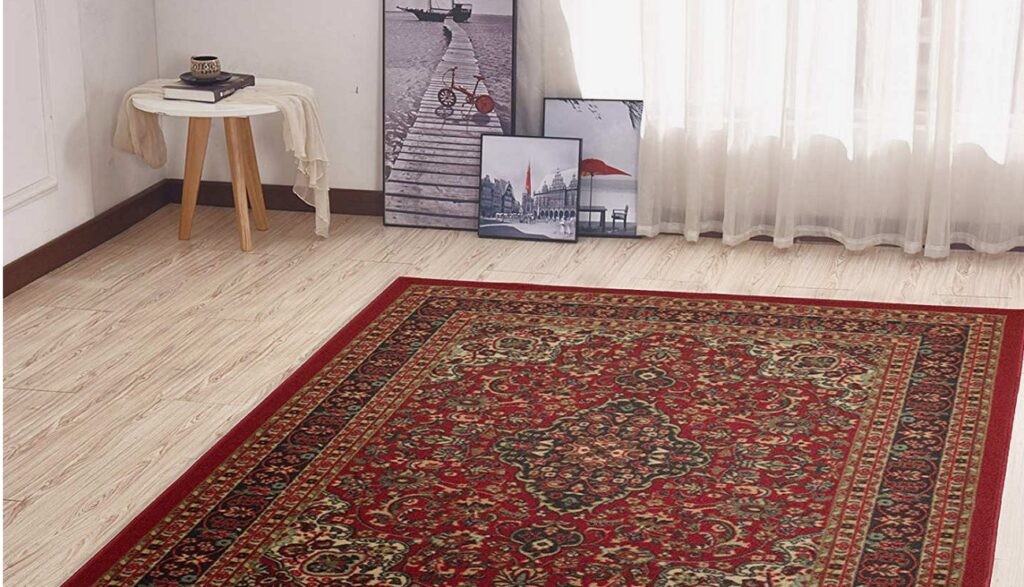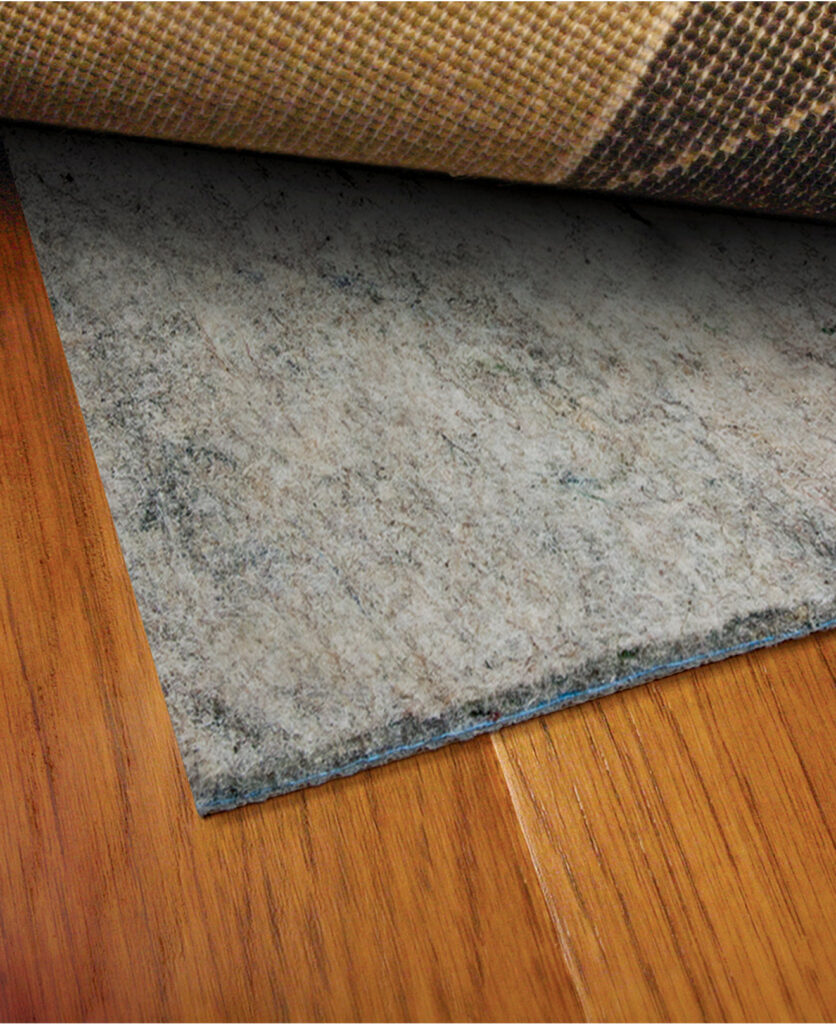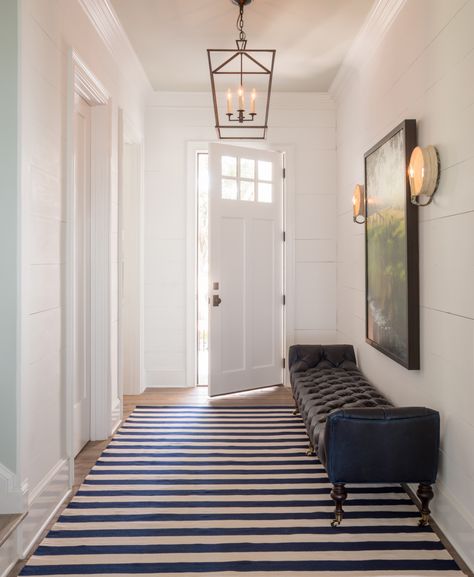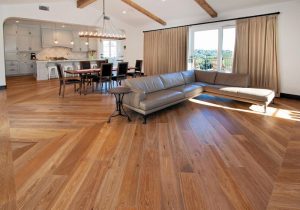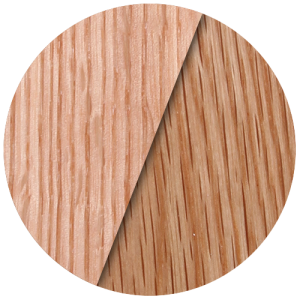Hardwood Floors and Carpets and Carpet Pads
Hardwood Floors and Carpet
Hardwood floors are a beautiful way to decorate your home. They look great and are very easy to clean, but they can be noisy when people walk on them or move furniture around. You may want to consider adding area rugs with padding underneath if this is an issue for you or adding carpeting so that your kids’ toys don’t make noise when they’re playing on the floor below.
In this article, we’ll go over the basics of how carpets are made, how they interact with hardwood floors, and what you need to know when choosing a carpet pad.
Carpet:
All carpets are made out of fibers (fibers can be natural or synthetic). Synthetic fibers tend to be stronger and more durable than natural ones. Carpets usually have some sort of backing on them that keeps them attached to the floor and helps prevent fraying or unraveling of the fiber strands as it gets walked on.
The backing can be made from many materials including foam rubber or felt; this is why sometimes when you look at a new piece of carpeting you may notice long lines running across it—these lines indicate where pieces meet up on the underside where they were stitched together during manufacturing. Often times these pieces will contain padding between them which adds extra cushioning underfoot and reduces noise created by footsteps walking across it over time; if there’s no padding installed underneath then each individual strand will bend slightly as someone steps on top.
Here are some tips to help you decide what makes sense for your home
You’ll want to consider several factors when deciding whether it’s worth putting carpeting on your hardwood floors.
- The room you’re putting the carpet in. If you’re thinking about covering a large area with carpet, such as a living room or family room, then hardwood may be practical for you. But if your space is smaller and more manageable (like a bedroom), then hardwood can still work well as long as it has enough traffic from people walking on it regularly.
- The type of flooring underneath. For example, if there’s already plush padding under the wood flooring—say from an old rug that’s been removed—then adding another layer isn’t necessary because there’s already something soft between your feet and the ground below!
- Type of carpeting selected: This depends largely on personal preference regarding style or color scheme but also needs consideration given towards durability since some carpets tend to wear out faster than others due to frequent usage over long periods time without being replaced often enough.”
Carpets that are too thick and dense are not good for wood floors, because the carpet will hold too much moisture, causing the floor to become cupped and damaged. The best thicknesses of carpet are 1/4 inch or less in thickness. Carpets with a higher density rating (i.e., 2 1/2 pounds) have the ability to wick away more water than lower-density carpets (such as 1 3/4 pound carpets). Moreover, make sure you use a high-quality pad under your carpet so that you can protect your hardwood floor from excessive moisture caused by footsteps on top of it.
Moisture will cause damage to the floors over time and ruin them. You need a carpet that keeps moisture from ruining your flooring. To protect your investment, it’s crucial to choose the right type of carpet that not only withstands moisture but also complements your home’s aesthetic. By utilizing tools like the roomvo floor visualizer features, you can see how different carpet styles will look in your space before making a decision. This way, you can ensure that your flooring remains both beautiful and durable for years to come.
Hardwood Floors with Carpet pads should be 1/4 inch or less in thickness, with a minimum of 2 1/2 pounds of density to ensure that they won’t compress under foot traffic.
For hardwood floors or engineered wood flooring, choose a pad that has no exposed foam backing, which can damage your flooring over time. You will also want to make sure it is not too thick, as thicker pads restrict airflow through the floorboards and cause mold growth on the underside of your carpets or rugs over time.
To help prevent moisture buildup, the NWFA recommends using carpets that are tightly woven so they do not absorb water or dirt and hold it over time. They recommend using pads that aren’t too thick, but have a higher density rating so they can stand up to normal wear and tear without crushing down so quickly.
Although hardwood flooring is great to look at and easy to clean, they can be noisy when people step on them. Consider adding area rugs with padding underneath if this is an issue for you.
Carpet padding is a good way to reduce noise. If you are concerned about the noise level of your hardwood floors, consider adding area rugs with padding underneath them. This can help reduce the transfer of dust and dirt from walking across the floor, as well as moisture and allergens that can be transferred from shoes to carpeted areas.
Conclusion
We hope this article has given you some good information to use in your decision-making process. It is important to remember that the NWFA guidelines are just that—guidelines. They are not necessarily rules set in stone, so feel free to use them as a starting point but also do your own research before making any final decisions about what type of hardwood floors and carpet pad will work best for your home.
